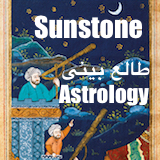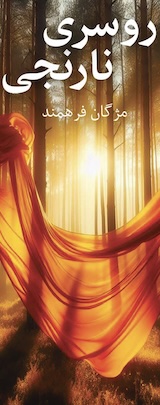The Markaz Review:
By Hadani Ditmars
A recent exhibition at Baghdad’s The Gallery, billed as the first joint Arab/Kurdish exhibition in the capital in two decades, was a study in how the nation’s “two solitudes” can come together through art. Featuring ten artists and 30 works, the stars of Infrangible were Sulaymaniyah-based Osman Ahmed, an artist who has dedicated his life to documenting his people’s genocide, and Fakher Mohammed, an Iraqi artist and prominent member of the Baghdad Modern Art Group, who studied under the mid-century school’s co-founder, Shakir Hassan al Said. (Jewad Selim, who designed the Tahrir Square Monument to Freedom just before he died, initiated the group with his former student al Said.)
Opening on the eve of the Arab League Summit, in a city all spiffed up with fancy new five-star hotels but a still non-functioning electrical grid some 22 years since the invasion, it was a suitable aesthetic response to the “Let’s Make Iraq Great Again” mania gripping Baghdad.
Now, thanks to an improved security situation credited by many to the efforts of Prime Minister Sudani, as well as anti-money laundering laws introduced by the Americans in 2023 that channeled dirty money hitherto destined for Iran and Lebanon into the local economy (including a number of new art galleries), Baghdad appears on the surface to be doing well. Dozens of new construction projects lend a veneer of prosperity to Iraq’s capital, in spite of apparent economic decline as oil prices continue to drop.
Go to link










Comments